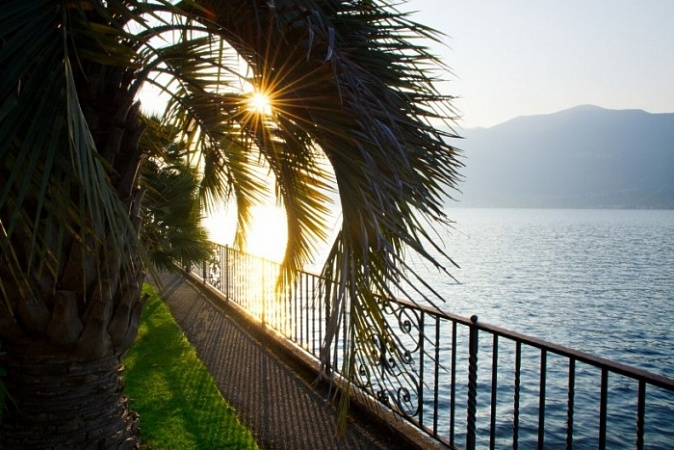Russia will allocate 220 billion rubles for the state program “Tourism Development” in 2026–2028.
Plans include developing ski resorts, with 12.6 billion rubles allocated for this purpose. The funds will be used for construction on Elbrus and in Veduchi, as well as for launching the “Mamison” resort in North Ossetia.
The country’s program for preferential hotel construction loans remains in place.
— We understand this is one of the most financially intensive programs, given that we are taking on a significant part of the interest rate risk. But this currently allows us to have 75,000 rooms under construction, of which over 6,000 have already been completed.
The state program also includes subsidies for creating modular hotels and developing tourism in the regions.
Elbrus
Mount Elbrus is a dormant volcano located in the Caucasus Mountains of Russia and is the highest peak in Europe. Historically, its slopes have been a significant region for the Karachay and Balkar peoples, and it played a strategic role during World War II. Today, it is a major destination for mountaineers and ski enthusiasts.
Veduchi
Veduchi is a modern ski resort located in the Itum-Kalinsky District of the Chechen Republic, Russia, in the Caucasus Mountains. It was developed as a major tourism project and officially opened in 2018, aiming to boost regional tourism and provide world-class winter sports facilities. The resort’s development is part of a broader initiative to showcase the scenic and economic potential of the Chechen Republic.
Mamison
Mamison is a high mountain pass in the Greater Caucasus, located on the border between Russia and Georgia. Historically, it was part of a significant ancient trade and military route connecting the North and South Caucasus. Today, the area is known for the modern Mamison Pass on the Russian side and the nearby ruins of ancient settlements and a medieval watchtower.
North Ossetia
North Ossetia, officially the Republic of North Ossetia–Alania, is a federal subject of Russia located in the North Caucasus. Its history is deeply rooted in the ancient Alan civilization, with a key cultural site being the “City of the Dead,” a medieval necropolis with stone tombs. The region became part of the Russian Empire in the late 18th century and is known today for its unique blend of native Ossetian traditions and Orthodox Christian faith.






